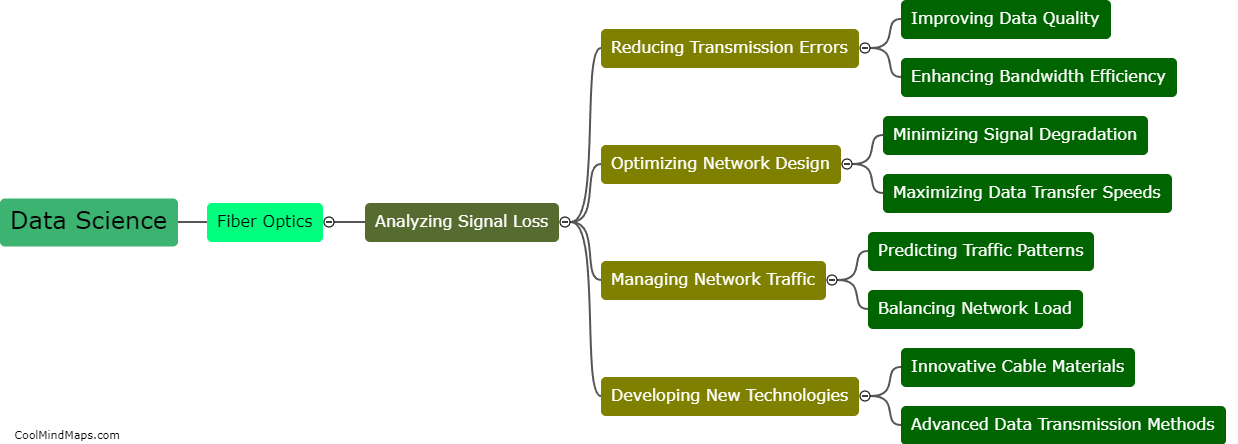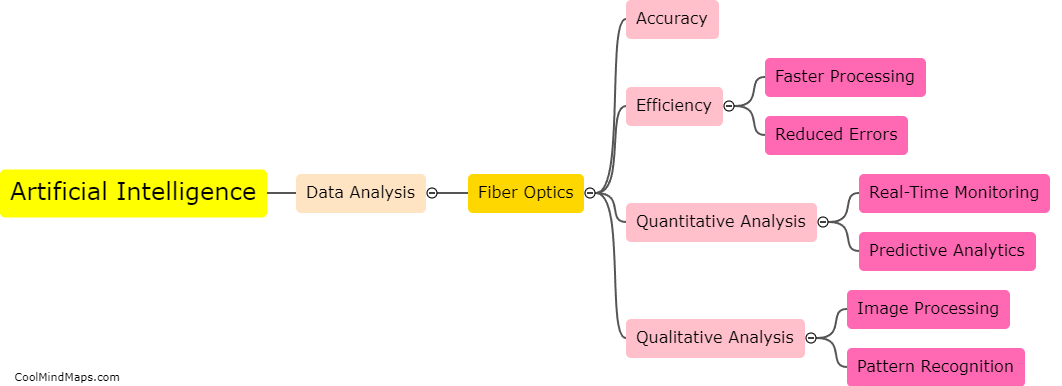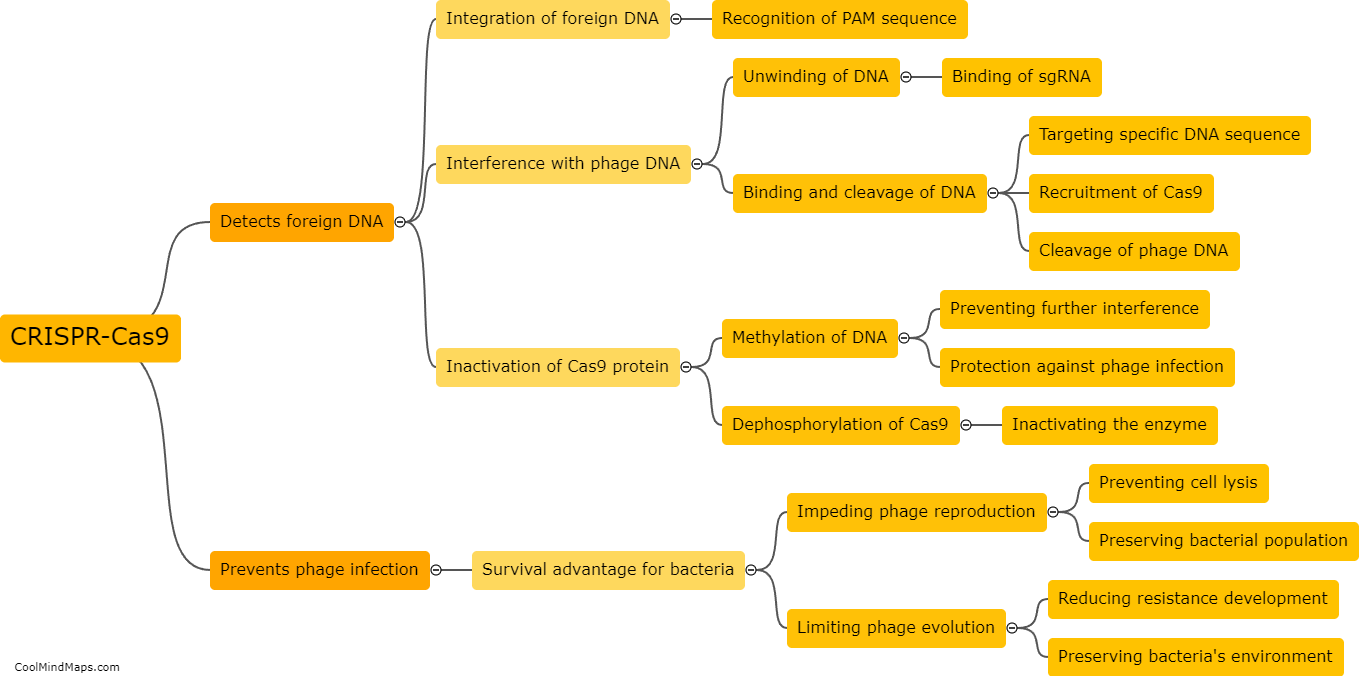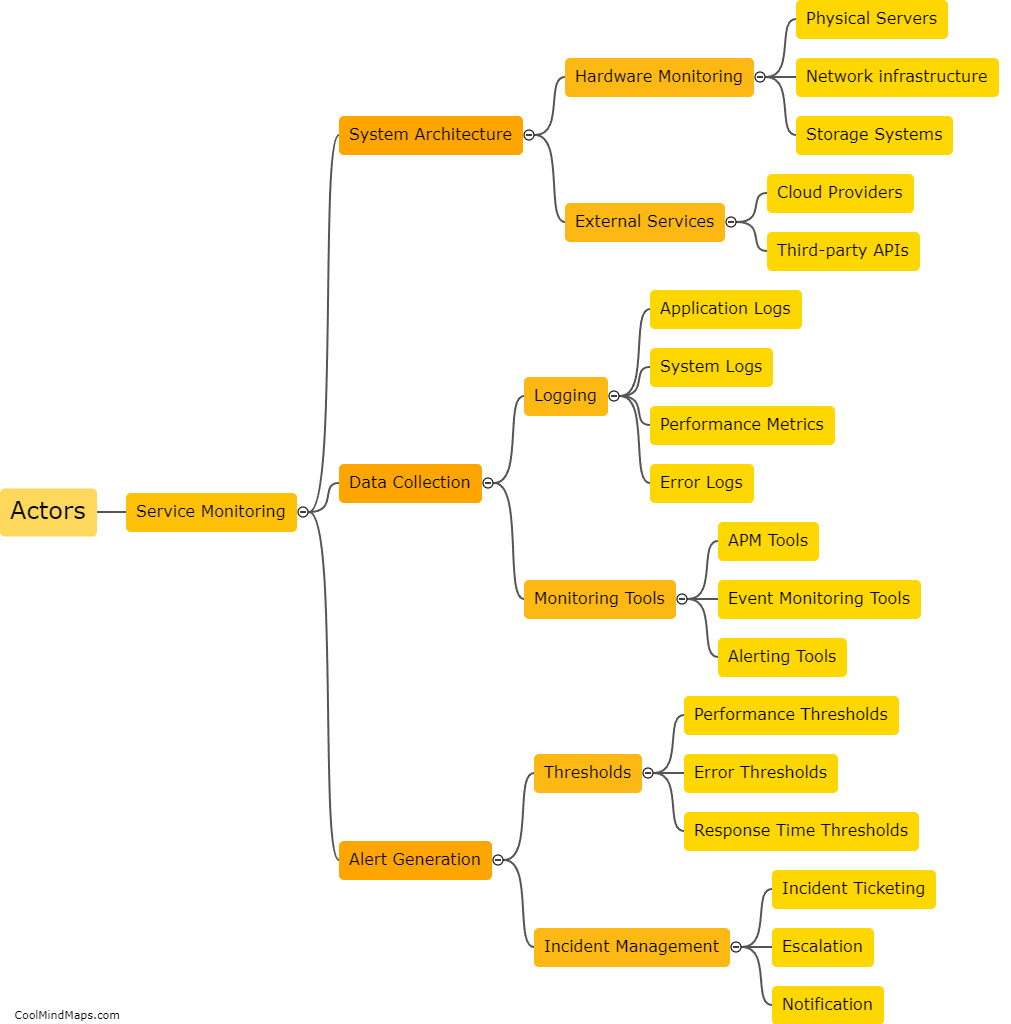How does Streptococcus pyogenes use CRISPR-Cas9 against bacteriophages?
Streptococcus pyogenes, a common bacterial pathogen responsible for various infections in humans, has developed an intricate defense system known as the CRISPR-Cas9 system to combat bacteriophages. CRISPR (Clustered Regularly Interspaced Short Palindromic Repeats) and Cas9 (CRISPR-associated protein 9) work together to identify and destroy foreign DNA, such as that of bacteriophages. When the bacterium is exposed to a bacteriophage, it samples a small segment of the phage's viral genome and incorporates it into its own CRISPR array, creating a memory of the invader. When the same phage tries to infect the bacterium again, the CRISPR-Cas9 system utilizes RNA molecules that match the stored viral DNA segments to guide Cas9 protein to the corresponding DNA sequence, effectively cutting and disabling the bacteriophage's DNA and rendering it harmless. This clever mechanism allows Streptococcus pyogenes to defend itself against bacteriophage attacks, ultimately ensuring its survival and protecting human hosts from infections caused by these destructive viruses.

This mind map was published on 10 November 2023 and has been viewed 84 times.











